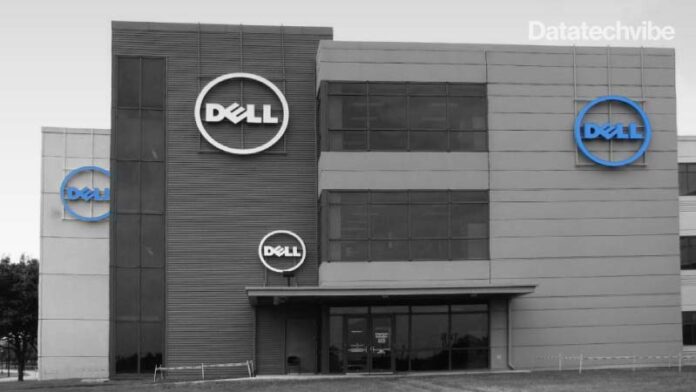Dell Technologies introduces new telecommunications solutions and services to bolster the open telecom ecosystem and help communications service providers (CSPs) affordably ramp their transformation to open, cloud-native networks.
The telecommunications industry’s growing open ecosystem gives CSPs more choice in their technologies and partners as they modernise to cloud-native networks. CSPs need the various technologies of this open ecosystem to work together seamlessly to offer differentiated edge services and reduce costs.
Dell aims to remove complexity and speed modern network deployments with its Dell Telecom Cloud Foundation, Dell Open RAN Accelerator and new telecom solutions and lab capabilities.
“Communications service providers are changing how they build and deploy open networks, establishing the foundation on which they can develop and deliver innovative services to capture the edge opportunity,” said Dennis Hoffman, Senior Vice President and General Manager, Dell Technologies Telecom Systems Business. “Our expanded telecom solutions portfolio brings the open ecosystem together for network operators, giving them the simplicity and reliability they need to modernise their networks and monetise new services.”
The Dell Telecom Multi-Cloud Foundation is a turnkey, end-to-end, modern network infrastructure solution that helps CSPs build and deploy open, cloud-native networks faster with lower cost and complexity. The Telecom Multi-Cloud Foundation includes Dell hardware, Dell Bare Metal Orchestrator management software and the CSPs’ choice of integrated telecom cloud software platforms, including Red Hat, VMware and Wind River.
Dell is adding new Dell Bare Metal Orchestrator Modules to its software, giving CSPs the ability to deploy and lifecycle manage the entire cloud foundation stack. Once implemented, CSPs will have a scalable cloud foundation spanning core, edge and RAN for their open hardware and software environment with the flexibility to design and deploy open network functions and differentiated edge services.
ACG Research estimates an up to 39% OpEx savings for CSPs deploying the Telecom Multi-Cloud Foundation in their networks. ACG Research found CSPs also save time on testing and certification, manual processes, server provisioning, software upgrades and cloud stack integration and testing.
With the introduction of virtualised and Open RAN architectures, 5G networks are undergoing a transformation that brings cloud scalability to the RAN. Existing virtualised and Open RAN alternatives have previously lacked the performance of established networks, hindering the ability for CSPs to implement cloud-native 5G.
Developed in collaboration with Marvell, the Dell Open RAN Accelerator Card is a new inline 5G Layer 1 processing card for vRAN and Open RAN solutions. Designed for Dell PowerEdge and other x86-based servers, the PCIe accelerator card brings the same Marvell OCTEON Fusion technology and performance of today’s leading 5G radio networks to the Open RAN ecosystem. CSPs can have better performing systems that lower cost and power consumption, allowing them to affordably scale high performing, modern radio access networks with an open architecture approach.
Dell continues to grow its open partner ecosystem with new telecom solutions for edge and core.
- Dell Validated Design for Services Edge 1.2 brings together edge compute resources with private wireless connectivity, enabling the ease of deployment, scalable operations and security capabilities required for large numbers of edge locations.
- Enterprises can place sensors and devices at the edge of mobile networks to capture and process data in near-real time, and use the data to generate insights, optimise operations and help increase productivity. The open standards-based design now supports Airspan 5G RAN for a fast deployment of enterprise private 5G networks.
Dell Validated Design for the 5G Core with Oracle and VMware gives CSPs the choice to build a robust, scalable 5G core on industry standard infrastructure, in a more secure and reliable way. The solution can help reduce the time needed to design, test and integrate network components from multiple partners.









